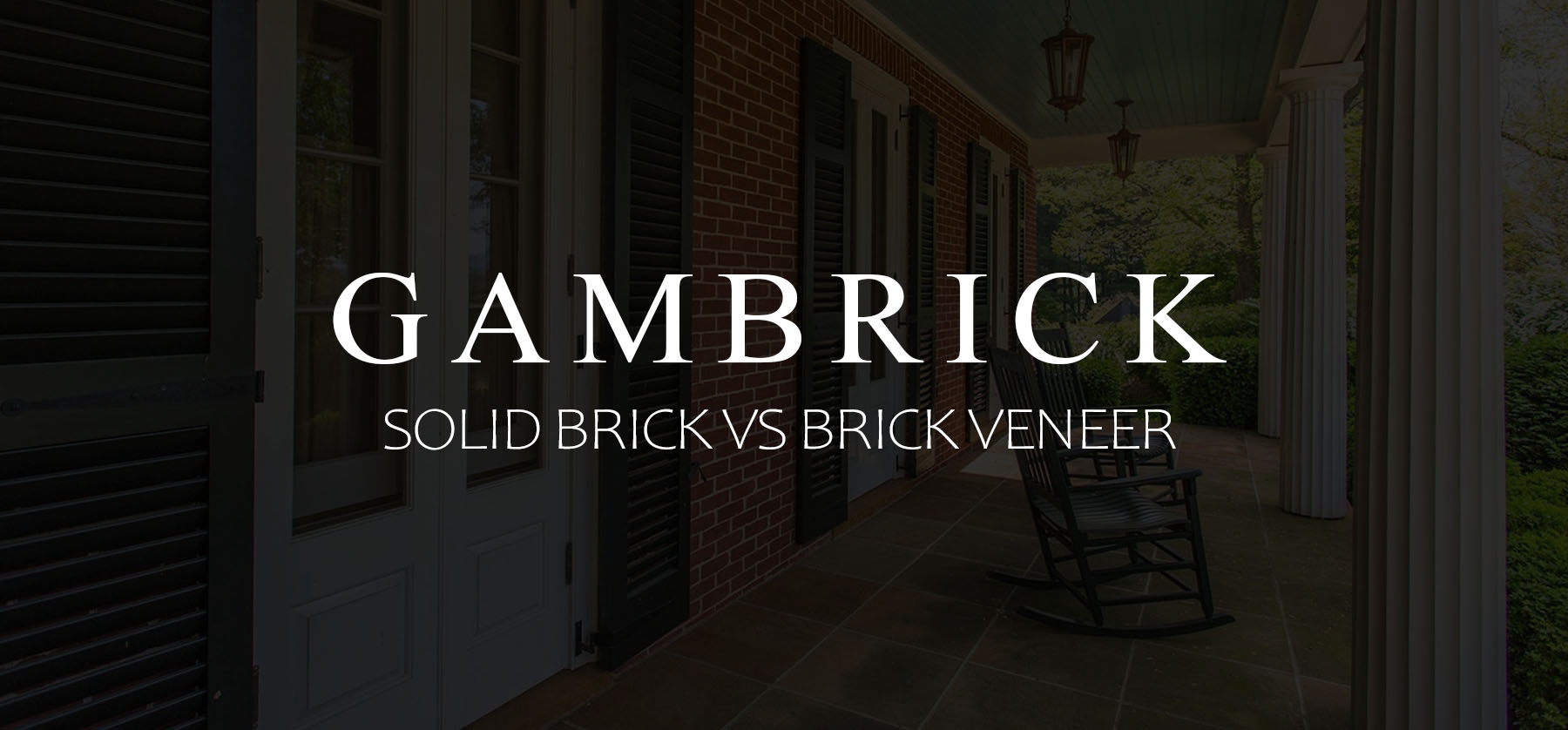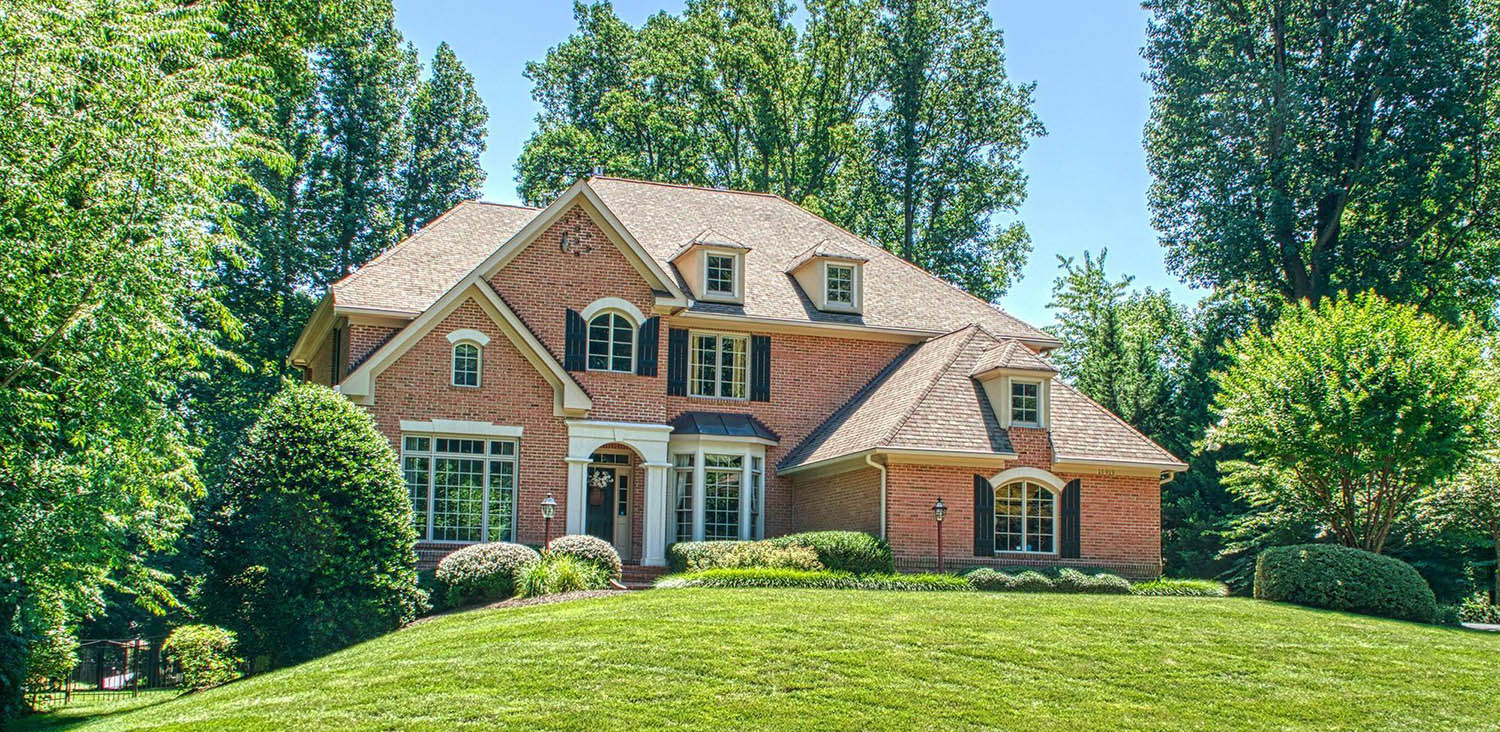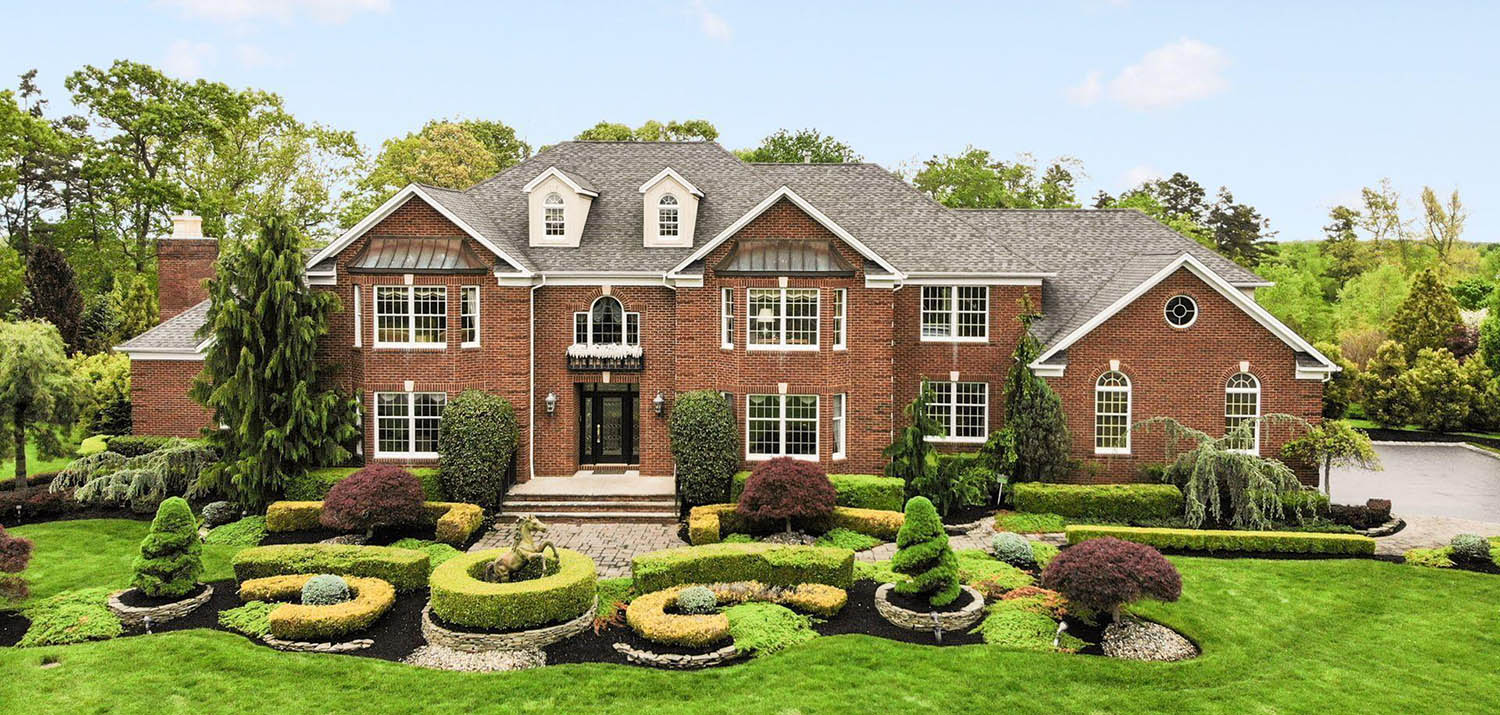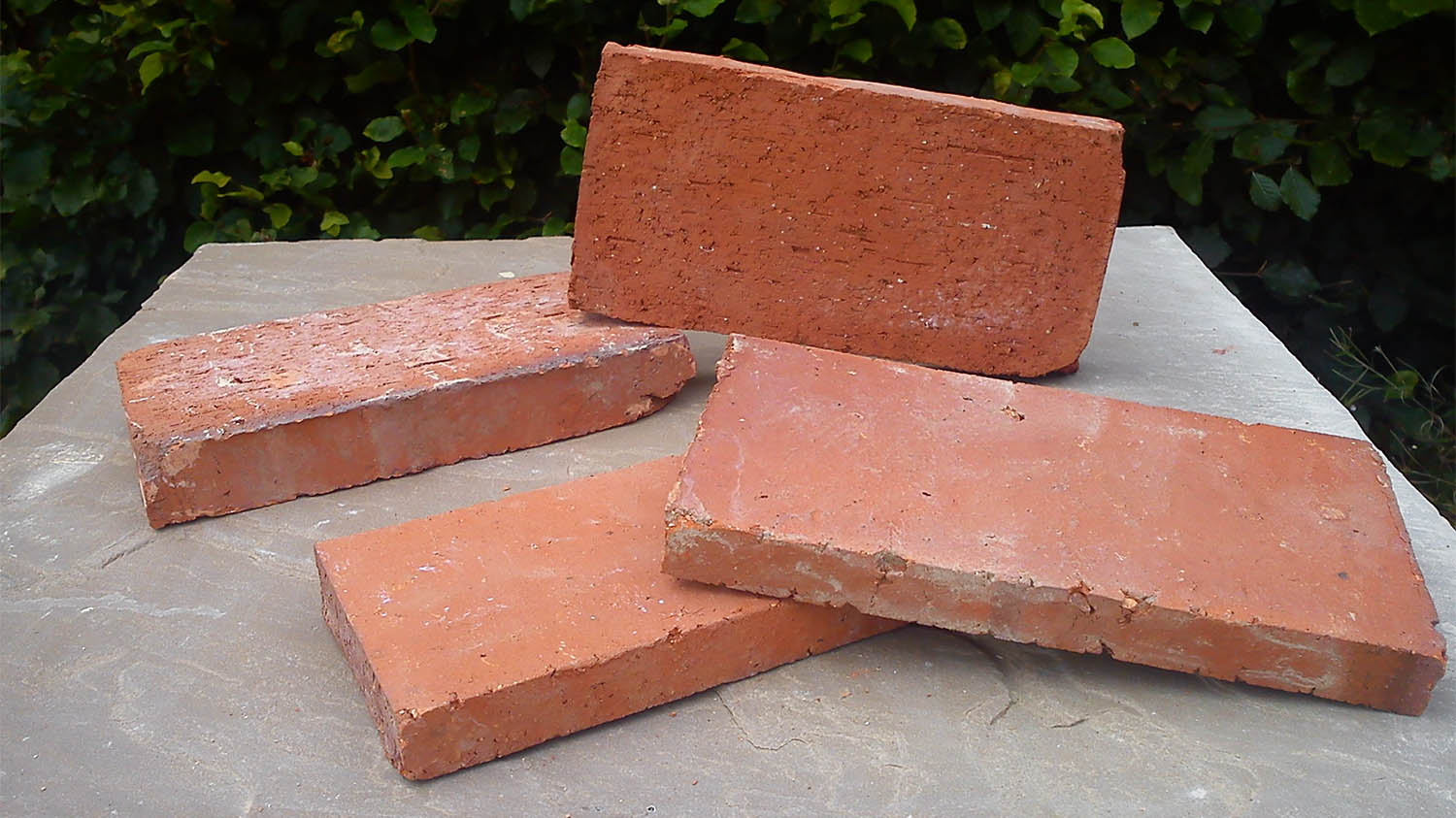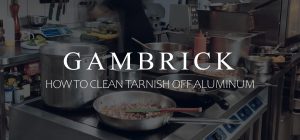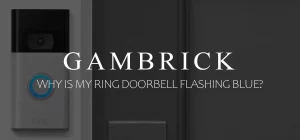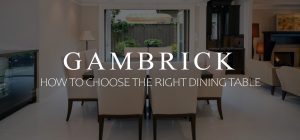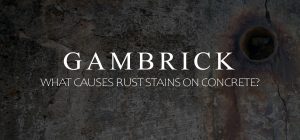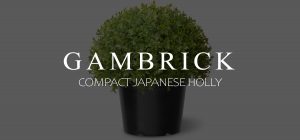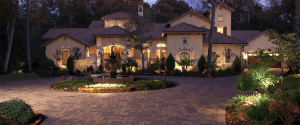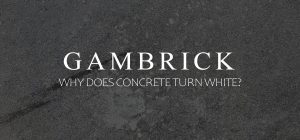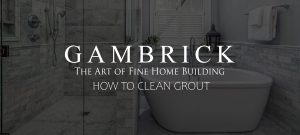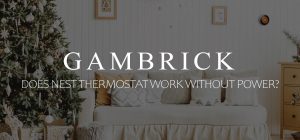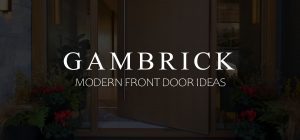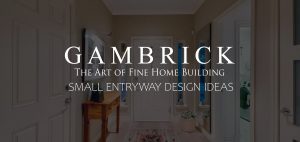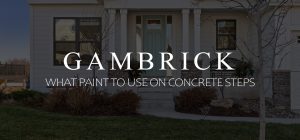Solid Brick vs Brick Veneer
Brick is a wonderful material to use on or in your home. Nothing looks quite as beautiful as a brick house. But did you know it comes in different forms. In this article we’ll look at solid brick vs brick veneer.
Nothing compares to the rich, classic look of real brick. It’s been a standard in the building industry for centuries. But as new options emerge and building codes change, homeowners can choose from more and more building materials which now includes brick veneer. In this article we’ll discuss the differences between brick and brick veneer, the pros and cons of each and a bunch of relevant information you didn’t even know to ask about. So which is the better product for your home? Solid brick or brick veneer.
To find the best material for your home, we’ll discuss in depth both brick and brick veneer.
What Is Solid Brick?
Real bricks are made by an extrusion process. Low moisture clay and shale is forced into molds, allowed to set, and then cut into smaller sections to form individual bricks. Then, the bricks are fired at a high temperature which results in strong bricks of uniform size. The standard bricks used for most residential siding, known in the building industry as “modular” or “face” bricks, are uniform in size. The standard brick size we use is 3-5/8” wide, 7-5/8” long, and 2-1/4” high but brick’s do come in other sizes. Brick sizes aren’t like lumber where sizes can vary slightly from piece to piece. Bricks are all very accurate because they’re made in molds.
Homes built with thick brick walls were common in Europe from the 14th Century up until a few hundred years ago when they were gradually replaced by wood framing which is generally much cheaper.
Early homes built in Colonial America often featured double brick walls. Bricks were stacked parallel to one another a few inches apart and the gap was filled with small rocks and mortar to create a thick wall strong enough to support a second story or overhead roof.
As wood framing advanced in the 1800s and became cheaper due to mass production, solid brick wall construction declined.
Today’s modern homes are built with wood, concrete or metal structures, with brick being primarily used to create a beautiful exterior or decorative interior finish rather than as a load bearing wall.
Solid brick wall being built with 2 rows of brick and center gap.
Building With Structural Solid Brick Walls
It’s not that common these days but homes can be built with solid masonry walls instead of wood. In fact this was how they were built for thousands of years before wood frame construction and modern building techniques came about.
Brick construction has a few key advantages over wood. It resists the elements, is extremely durable and can last for hundreds of years. And masonry construction doesn’t need wood framing so it’s impervious to pests like termites and ants.
Solid brick homes, also known as double brick or solid masonry homes, are built from either two layers of brick, or a layer of concrete block and an adjacent layer of brick on the exterior. The brick is part of the building’s structure and not just for show, so if the bricks were removed the building would be severely weekend as the brick is load bearing.
With double brick construction, bricks are stacked parallel to one another with some space in the middle which is filled with crushed stone and mortar. This technique creates a very strong, solid wall that’s around a foot thick.
What Are The Benefits Of Solid Brick Wall Construction
The two main benefits of building a wall with solid masonry are longevity and strength.
There are brick walls built hundreds of years ago out of real brick that still stand today as strong as the day they were built. It’s an incredible building material that’s near impervious to impact damage, pests, bugs, termites, rodents and other common issues you find with wood.
Masonry also resists rot, mold and mildew growth which are common with wood framing. Nothing damages a wood homes like water but it hardly does a thing to brick.
In fact the only real drawback to using solid brick walls is insulation. Since the walls are solid you can’t pack them full of insulation like you can with wood framing. But in some areas this isn’t an issue. In hotter climates that don’t see extremely cold winters solid brick walls are better. That’s why you typically see more masonry homes in hotter climates.
Solid brick walls absorb heat from the sun and release it slowly over time, such as at night when the sun goes down. This natural ability to retain heat is a big advantage when you live in places like the desert. When the temperature drops at night you don’t need heat because the house stays warm.
Solid brick walls tend to keep a home cooler in the day time too, even on really hot days when the suns beating down.
Benefits Of Solid Brick Construction Summary:
- Longevity: Solid brick walls were used to build homes for centuries. And for good reason. Brick is fireproof, extremely durable and resists impact damage better than other materials do.
- Durability: Solid brick masonry walls don’t use wood, so you won’t have to worry about things like bugs, rodents, rot or decay.
- Low Maintenance: Solid brick walls are low to no maintenance because the color doesn’t fade and they don’t require painting. Just keep the bricks and mortar clean.
Drawbacks Of Solid Brick Walls Summary:
- Insulation: Brick walls are totally solid and don’t offer much insulation (R-Value). That’s why you mainly see masonry walls in warmer climates these days.
- Cost: Bricks aren’t very expensive but labor is. That’s why building with brick is so expensive.
Beautiful brick home with red brick veneer.
What Is Brick Veneer?
Bricks can be used as either a structural material to build walls or as a veneer which is referred to as “Brick Veneer”. It’s basically siding a home with brick instead of vinyl, wood, stucco or any other product.
When real brick is used as a veneer, the bricks are stacked against the exterior structural wall. This wall is most commonly built out of wood, metal or masonry like concrete block (CMU) or poured concrete. Brick veneer is the most common way real bricks are used these days. A home is framed with wood and then brick is installed on the exterior next to the wall as a siding material.
Even though the brick is exactly the same, it’s usage is totally different. When brick is used structurally you can’t remove it, it’s load bearing so demoing the brick would weaken the home. But with a brick veneer, all the brick can be ripped out and it would make no difference to the home’s frame. All the load rests on the other structural materials.
Bricks need to be stacked on a strong foundation that can hold the weight of all those bricks. Typically an area of the foundation juts out about 5″ so the bricks can sit right on the foundation of the home. This area is called a “brick lug”.
Pro Tip:
It’s extremely important to include moisture protection into your design. A good vapor barrier and an air gap between the brick veneer and structural wall is essential. Especially if the exterior walls are wood. Nothing damages a wood frame home like water so do everything you can to keep moisture out. This is a big problem with any type of siding or masonry veneer.
How Waterproof Is Brick Veneer?
Brick veneer is not a good water barrier. Brick is a natural, porous material that absorbs water. Moisture can pass right through a brick wall, especially with heavy wind driven rain beating against the bricks.
A one inch air gap behind the brick allows water to run down the back surface of the brick.You also need a vapor barrier attached to the house so any water that touches the house runs down the vapor barrier. Having these two levels of protection against moisture is extremely important.
At the very bottom of the wall a plastic or metal flashing collects water as it runs down the brick which allows it to drain out through weep holes. Weep holes should be spaced at approximately 32″ or every fourth brick. Include weep holes and flashing above all your doors and windows to protect them from water.
What Are The Benefits Of Brick Veneer Vs Solid Brick Construction?
The main benefit of using brick veneer instead of a solid brick wall is insulation. With solid brick construction there are no voids inside the walls for additional insulation. Because of this, even though a solid masonry wall can be 12″ thick, the R-value is very low. A single brick only has an R-value of .80 so two rows of bricks with an inner layer of concrete only gets you to around an R-value of 3.
Compare that to using brick as a veneer. The structural walls are wood so you can fill the voids between studs with an R-19 or even an R-21. Plus when you add the brick veneer you get an additional R-.80. As you can see the insulation benefits of using brick as a veneer are enormous.
These days building with energy efficiency in mind is extremely important. One of the best ways to lower high energy bills is insulation so brick veneer is clearly the better choice.
Benefits Of Brick Veneer Summary:
- Flexible: Brick veneer can be installed on any home as a siding product.
- Installation: Brick veneer is easier to install than solid brick walls because it’s only one layer of brick and non structural.
- Affordability: Solid brick costs a lot more than brick veneer. Over 3 times as much on average.
- Insulation: Brick veneer itself doesn’t provide any insulation but since the walls are filled with insulation you end up with a lot more R-value. In some case up to 10x as much.
- Simpler To Build: Brick veneer doesn’t require a substantial footing like a solid brick wall does. They’re much simpler to build.
- Moisture Protection: If brick veneer is built the right way then the additional air gap and vapor barrier will protect the home from moisture.
- Same Good Looks: Just like a solid brick wall, veneer has many of the same benefits and looks just as good, when they’re built the right way.
Drawbacks Of Brick Veneer Summary:
- Single Layer Design: Brick veneer is only a single layer of brick so it’s no where near as strong as a solid brick wall.
- Water Problems: When brick veneer isn’t installed correctly you could end up with serious water damage.
Large home with red brick veneer and black front door with glass.
Brick Is Expensive Due To High Labor Costs
Although the bricks themselves are fairly cheap it’s still an expensive material to work with because of the high labor costs involved.
Brick veneer is generally more expensive than other home siding products, such as vinyl siding, fiber cement, stucco, metal or wood. Especially as you install the bricks higher on the house. Scaffolding needs to be built and ways of delivering the bricks and mortar to those high heights needs to be worked out. Not to mention hiring skilled brick layers. It’s a lot harder to do than just nailing lengths of vinyl siding to the wall.
You can imagine how expensive building a solid brick wall will be. In fact cost is the main reason structural masonry walls aren’t built out of solid brick any more. It’s just much cheaper to build the structure out of wood or block and then add brick as a veneer.
When it comes to building brick homes, use only top quality bricks. You can buy less expensive bricks that are more porous but they’re not as good for exterior use. Extremely porous bricks can eventually lead to water penetrations and cracking when water gets inside the bricks and freezes. A good quality, dense brick is what you should use for the exterior of a home. If your buying a home with brick make sure you inspect the brick to make sure it’s of good quality.
Even if the brick is old, a good quality old brick will last longer than a poor quality new one.
Thin brick veneer.
What is Thin Brick Veneer?
Thin Brick Veneer is just like it sounds. Thin slivers of brick about 1/2″ thick are used as a veneer in place of solid bricks. They’re stuck to the wall using mastic or mortar and then grouted. The finished product is meant to look just like real brick. If your debating solid brick vs brick veneer then you should also consider using thin brick.
Since thin brick is made by cutting a solid brick into thin slivers, the face looks just like a real brick because that’s what it is.
Thin brick veneer can be installed directly onto a masonry wall such as block or poured concrete with mortar and then grouted. They stick right to the masonry without any additional layer required.
When you install thin brick onto a wood wall however the process is a little different. Additional layers are needed such as wire mesh and a vapor barrier between the brick and wood.
Corner pieces are made to wrap around outside corners for a look that perfectly matches real brick even from the side.
Pro Tip:
It’s extremely important to include moisture protection into your design. A good vapor barrier between the brick and wood is essential. Unlike with real brick veneer you can’t stack the bricks with a 1″ gap because thin brick gets glued directly onto the wall. We use a material called a dimple mat. It’s a plastic material with a dimpled face that provides some space between the thing brick veneer and wall so air can flow. Nothing damages a wood frame home like water so do everything you can to keep moisture out. This is a big problem with any type of siding or masonry veneer.
It’s important when you use a dimple mat that you also include inlet and outlet holes to promote proper airflow. Cover the holes with a product that’s fibrous so air can flow through but thick enough that insects can’t. It works just like a roof’s ridge vent.
Thin Brick Veneer Is A Reservoir Cladding
Thin brick veneer is considered a reservoir cladding. It basically act as a sponge that’s right up against your house. In heavy rain thin bricks absorb a lot of water and all that moisture has to drain somewhere. If you don’t install proper drainage then you’ll end up with water damage because some of it can eventually drain into the house. This is a chronic problem that’s happening all over the United States with stucco that wasn’t installed properly and doesn’t have an air gap.
When a soaked thin brick veneer starts to dry, some of the water drains out the face and some out the back towards the house. It’s the water that’s draining toward the house that you have to deal with.
The reason air gaps are so important is that air flow on both sides of the material dries the brick quicker. That’s why it’s essential you install a dimple mat behind your thin brick with an inlet and outlet so air can freely flow.
The vapor barrier is another super important part of the install. Any water that still manages to get behind the thin brick veneer and dimple mat will hit the vapor barrier and drain down the wall and out the bottom.
Proper flashing is also an important element. Any water that hits the flashing will be kicked out and not allowed to pool.
All these water mitigation methods should all be used whenever you install a thin brick product against a wood framed wall.
Real Bricks Don’t Fade
Another big benefit of using brick is that thy don’t fade. Even after long term exposure to sunlight and weather the color remains the same. Good quality brick uses a kiln firing process to ensure the bricks won’t fade over time.
Colors in real brick are baked into the clay rather than from artificially added pigments.
This is why brick homes that are centuries old still retain the same beautiful color.
When your considering solid brick vs brick veneer, both are made with real brick so they both have the same baked in color that won’t fade over time.
Man Made Thin Brick Veneer
Making modern brick involves firing a mix of clay and shale with colorants in kilns at up to 2,000 degrees. The result is a durable product that can be produced in a variety of colors. Including a wide selection of browns, buffs, burgundies, earth tones, pastels, reds, roses and white gray shades. They’re even offered in a variety of textures including smooth or heavily distressed with a straight or tumbled edge.
Manufactured faux brick veneer is a cement based product. Typically cast in molds taken from real stones and colored to create a natural look. Composed of lightweight materials, manufactured brick veneer is thinner than real brick which makes it less durable.
Benefits Of Manufactured Brick Veneer
- Manufactured products like thin brick is cheaper than other types of brick veneer.
- Man mad brick veneer is very light and thin which makes it better suited for interior projects like a brick backsplash.
Drawbacks Of Man Made Brick Veneer
- Even though man made brick veneer is a good looking product, it’s no where near as nice as the real thing.
- Because manufactured products are artificially colored, they tend to fade.
- Improper installation can lead to water damage.
- manufactured brick is very thin and cracks easily.
So Which Is Better? Solid Brick vs Brick Veneer?
Brick homes are a beautiful design that’s maintenance free, extremely durable, lasts decades longer than any other form of siding and is proven to increase home value, if they’re built the right way. But older brick homes have little to no insulation when compared to modern brick homes. Does a brick home need insulation? And is insulating an older brick home worth the money? That’s up to you. Both solid brick wall construction and brick veneer have benefits and drawbacks. Generally speaking if you live anywhere energy efficiency is a concern, like here in the North east, brick veneer is better. However if you live in the desert then solid brick construction may be the better way to go.
When your considering solid brick vs brick veneer make sure you consider all the pro and cons of both. I hope some of this information will help you decide which type of brick wall is best for you.
If you have any questions or comments e-mail us any time.
